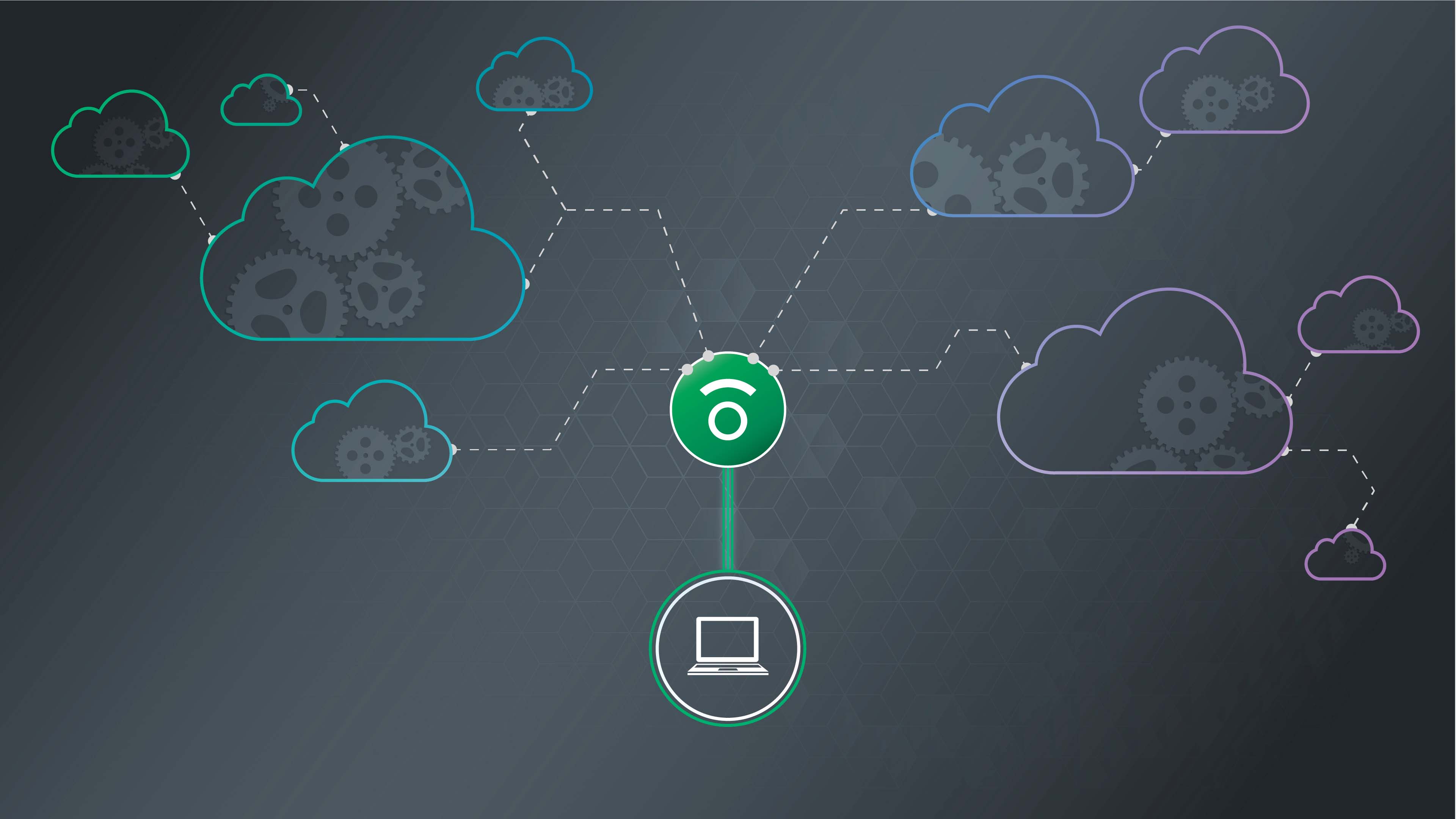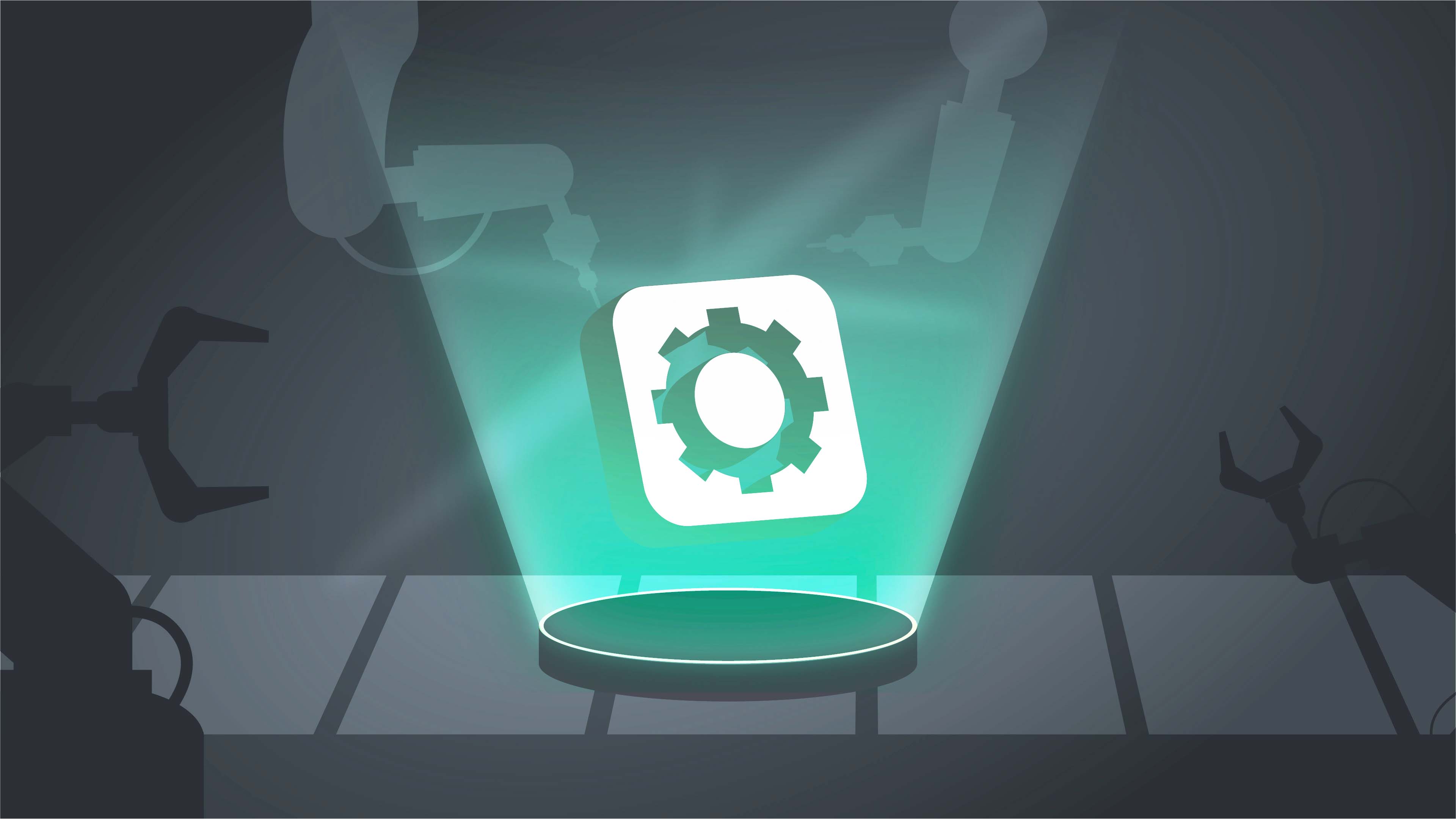The Top 5 Reasons Why SaaS Vendors Need Observability
It’s hard not to love SaaS applications. For customers, the SaaS architecture makes management dead simple by eliminating the need to deploy and maintain yet another application. SaaS users also benefit from them, namely their easy-to-understand subscription-based pricing models.
Software vendors love SaaS too, as it enables the rapid distribution of applications and the ability to update software quickly with minimal disruption to end-users. SaaS also allows vendors to host all their applications on a standard infrastructure — simplifying management.
Given these advantages, it’s easy to see why we’re living in a SaaS world. As of 2020, over 70 percent of the applications used in business environments are deployed using a SaaS architecture.
The Need for B2B SaaS Observability
As with any type of software, SaaS applications can, and do, have problems. In a world where SaaS often takes the form of complex, microservices-based applications built in the cloud, monitoring alone is no longer enough.

What SaaS vendors need today is observability. The practice of observability extends beyond monitoring by providing meaningful and actionable insight into complex problems. SaaS companies must continuously observe their applications to detect, and resolve, performance issues. The alternative is that they risk undercutting the benefits that SaaS stands to offer. Customers may quickly sour on the SaaS model if they run into performance issues, which could lead them to try hosting it themselves — or, worse, switch to a competitor. Vendors can’t scale or update their SaaS products if they lack the insight necessary to guarantee reliability.
That’s why observability lays the foundation for SaaS success. No matter how great your application is, you can’t deploy it reliably and profitably using a SaaS model if you don’t observe it.
To prove the point, this post discusses the top five reasons why B2B SaaS companies need observability. It then explains what to look for in an observability tool for SaaS applications — which, as we’ll see, require more than the basic monitoring software that companies have deployed for years.
5 Reasons to Observe Your SaaS Application
The reason why SaaS applications require observability is quite simple: without observability, it’s virtually impossible to deliver the benefits that SaaS is designed to offer customers.
More specifically, here are five reasons why SaaS applications must be continuously observed — not just monitored — to ensure a positive SaaS experience for customers and vendors alike. The practices described below, when followed, can help decrease customer churn and increase revenue.
1. Make the Most of Your Architecture
Part of the reason why customers love the SaaS model is that it’s very easy for them to deploy and run software without hosting it themselves. They don’t have to worry about installing and configuring software or setting up and managing the infrastructure on which it runs.
If you can’t meet — or exceed — the SLA guarantees you make to customers, the SaaS deployment model turns from an advantage into a liability
This benefit goes out the window, however, if SaaS vendors fail to ensure that their applications, and the infrastructure hosting them, run smoothly. If you can’t meet — or exceed — the SLA guarantees you make to customers, the SaaS deployment model turns from an advantage into a liability. You’ll end up pushing your customers into the arms of your competitors if you can’t meet their expectations.
Observability protects against this risk by enabling SaaS vendors to detect, understand, and remediate performance issues before they undercut the reliability of the SaaS experience. In other words, observability helps guarantee that SaaS provides the flawless hosting experience it is supposed to deliver.
2. Maximize SaaS Scalability
Another major advantage of SaaS, for both vendors and customers alike, is its inherent scalability. Utilizing a SaaS architecture, vendors can scale their offerings up or down quickly as customer usage changes. End-users can also easily modify their application consumption to suit their needs. If a client wants to increase its usage of an application from, say, ten users to one hundred, it can easily do that by hosting a SaaS application on an elastic architecture.
However, a SaaS application can only deliver on this if the vendor can manage the availability and performance of the application at scale. Vendors must ensure they can push out application updates without disrupting performance — or at least be able to quickly fix an issue should it one occur.

Observability tools address both of these needs as they can alert vendors when problems arise in an application, or when the infrastructure hosting it scales up or down. This type of feedback is crucial as the trend towards ephemeral cloud-based applications continues to grow and become more automated.
Without observability, it would be impossible to ensure that a SaaS application will deliver the same experience and perform optimally for dozens, or even thousands of users.
3. Minimize the Support Burden
One of the risks associated with SaaS is that when there’s a problem in the application, customers know that it’s likely an issue that the vendor has to fix. Unlike applications that customers deploy themselves, responsibility for managing a SaaS application lies almost entirely with the vendor.
For this reason, SaaS companies that cannot detect and interpret real-time problems may find themselves struggling to deliver the support their customers expect, especially as their user base grows. Hiring more engineers to respond to customer support requests is a way to help alleviate this issue, but it’s not a cost-effective or long-term solution. Increasing engineering headcount narrows profit margins and increases operating expenses — especially if the additional engineers spend their time fixing bugs instead of writing new features.
Observability tools can correlate complex data sets from across a SaaS hosting environment. This allows SaaS vendors to detect, understand and remediate problems before they impact customers. Also, because observability automates most aspects of these operations, vendors can deliver effective support without having to dedicate more engineers to support operations.
4. Understand Your Users
It goes without saying that customer success is critical to SaaS business success. Achieving this hinges on knowing how your customers use your application, and where the best opportunities lie for making the application even better.

Observability helps vendors do this by providing a level of data-driven insight into the customer experience that you simply can’t collect in other ways. With observability, you can track in real-time which types of devices and environments your customers are using when they connect to your application. Observability can also help to reveal which features are most often used, where performance bottlenecks exist, and which types of performance issues occur the most. These features alone are handy, but with the right tool, you can then correlate these with session terminations or even application abandonment.
With this data, SaaS vendors gain the context they need to determine which feature enhancements or other updates will provide the most value to users.
You can, of course, obtain some of these insights via methods like user testing or customer feedback. But these approaches provide visibility into the needs of only some of your customers. In contrast, when you observe your SaaS production environments continuously, you’ll be able to see what all of your users are doing, all of the time.
5. Optimize SaaS Operating Costs
One way to maximize your ability to deliver a great experience to users would be to over-provision your application host infrastructure in the hope that the excess capacity will absorb availability or performance issues should they arise.
SaaS vendors who want to be profitable walk a fine line between ensuring they deliver the necessary hosting capacity to meet users’ needs while avoiding over-provisioning
But that approach, of course, is hardly cost-effective. SaaS vendors who want to be profitable walk a fine line between ensuring they deliver the necessary hosting capacity to meet users’ needs while avoiding over-provisioning — even as application usage rates fluctuate constantly.
Here again, observability provides a solution by helping vendors track user demand and application performance in real-time. In turn, observability ensures that you know when it’s time to add more capacity, or when you can scale back to save money.
Note, that the insights provided by observability in this regard are especially important in the context of microservices-based applications, whose individual components may need to scale at different rates. Observability tools might reveal that a microservice needs to be scaled up because customers are placing an increased demand on it, even though requests that affect other microservices remain constant. With observability, you’ll know exactly what to scale and when to achieve the ideal balance between performance and cost.
Choosing a B2B SaaS Observability Tool
For most SaaS vendors today, the points described above are nothing new. SaaS vendors have long recognized the importance of understanding their application hosting environments to fully capitalize on the SaaS-based application delivery model.
But what some SaaS vendors overlook is that basic monitoring tools don’t suffice when it comes to meeting the demands of modern SaaS applications. Monitoring tools send alerts when something goes wrong, but they don’t deliver the context that vendors need to ensure they can rapidly interpret and fix problems.
By interrelating disparate data points, observability tools help teams get to the root cause of performance and availability problems as quickly as possible.
That’s why observability has become essential for modern SaaS success. Observability takes monitoring to the next level by correlating a diverse set of data points — such as infrastructure and application logs, performance metrics, traces, and even customer support requests — to detect complex patterns that monitoring alone can’t reveal. By interrelating disparate data points, observability tools help teams get to the root cause of performance and availability problems as quickly as possible — which leads to the best SaaS user experiences for customers, and the most profitable SaaS business operations for vendors.
When choosing an observability tool for your B2B SaaS application, SaaS vendors should look for a core set of features that extend beyond monitoring:
- Data correlation: Observability tools must be able to ingest data from a variety of sources, then automatically structure and relate it in ways that reveal critical performance patterns.
- Automatic dashboards: Dashboards are great, but not if they only provide a generic, high-level view of your system, or if you need to spend hours customizing each dashboard to make it meaningful. Look for observability tools that automatically determine what to display within dashboards based on the insights they collect from your applications.
- Incident investigation: Issue detection is only half the battle. Observability tools should also be able to drill into data, share insights with the right stakeholders, and work through incidents systematically.
- Smart alerting: Alerts aren’t worth much if they go to the wrong people, or if you generate so many of them that your engineers can’t keep up. Effective observability tools use smart alerting to determine automatically when and who to send an alert to.
- Tracking application state over time: Knowing the state of your application from one minute to the next is one thing. But what matters is knowing how the application’s state has changed over time — and which changes within your infrastructure, CI/CD pipeline or other resources correlate with a change in application state. Look for observability tools that provide historical context about your application in addition to real-time observability.
Observe Your SaaS Application With Observe
Observe was built from the start to be an observability solution for modern, cloud-native applications — as opposed to a legacy monitoring tool with observability features bolted on.
No matter which type of SaaS application you run, where it’s hosted, or whether you have one customer or one million, Observe automatically ingests, structures, and analyzes data from across your environment(s) to ensure that you can detect issues before your customers experience them.
In other words, Observe helps take the risks out of SaaS architectures and maximizes the rewards that SaaS offers to vendors and customers alike. Learn more with a demo or free trial of Observe in action.

